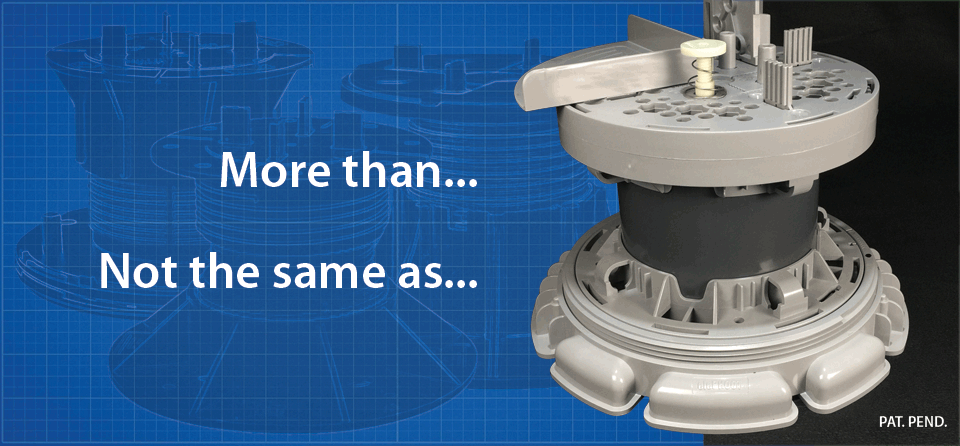
We have all heard the comparative statements such as “it looks the same” or it’s “apples to apples”. This might be true if they were all apples. For the architectural and building community, this lowest level quality control standard should always be questioned.
Instead a higher standard of evaluation should be considered that goes deeper than the physical appearance. Consider the orange, apple, and peach. It’s true that they have clear similarities: shape, category, use. But’s that’s were the similarities end. Peel back the skin and the differences are obvious.
NOT JUST APPLES TO APPLES
So when making product, parts or system comparatives for best choice in a given building project application, using higher level critical thinking skills to look beyond the obvious will benefit everyone involved. Here are some questions that might be considered in this process:
-
Is it a part or a system assembly? Parts are generally singular items that are manufactured to be used with other parts from one or more manufacturer. System assembly on the other hand is a singular source for a solution package with multiple component parts, made by one manufacturer and supplied by one manufacturer. Easier for the architect. Simpler for the contractor.
-
Is it just form or function? Form or shape is easy to identify and may yield a basic understanding. Function on the other hand considers the details of form, deeper details and interconnections that can lead to higher performance, stability and physical durability.
- Is it soft or hard? Plastic, metal, fiberglass, stone or tile are general terms referencing categories of materials. The type and micro particles of these materials on the other hand, will reveal the true capabilities of the parts being considered.
When exploring options or alternatives, be sure to select the real apple.
In future stories, we will explore some of our apples system, function and materials that make ODF a sweet solution.




